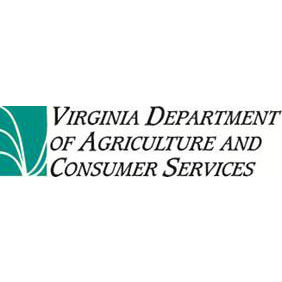
When adverse weather prevents planting, a prevented planting payment is made to compensate for the producer’s pre-planting costs generally incurred in preparation for planting the crop. These costs can include purchase of machinery, land rent, fertilizer, actions taken to ready the field, pesticide, labor and repairs, among other factors. The prevented planting coverage factor varies by crop, based on an estimate of pre-planting costs.
The prevented planting factor is a percentage of the individual insurance guarantee.
RMA reviewed prevented planting factors for barley, corn, cotton, grain sorghum, rice, soybeans and wheat for 2017 as part of an effort to ensure that prevented planting factors most accurately reflect the pre-planting input costs of producers. While the prevented planting factors will be reviewed and updated for all crops with prevented planting coverage, the seven crops listed below were reviewed and updated and will go into effect beginning next spring. RMA will evaluate the effectiveness of the recent changes and modify as needed in coming years.
Prevented Planting Coverage Factors
| Crop | Current | Recommendation from Evaluation | Final |
| Corn | 60% | 50% | 55% |
| Soybeans | 60% | 60% | 60% |
| Wheat | 60% | 60% | 60% |
| Cotton | 50% | 35% | 50% |
| Grain Sorghum | 60% | 60% | 60% |
| Barley | 60% | 60% | 60% |
| Rice | 45% | 45% | 55% |










